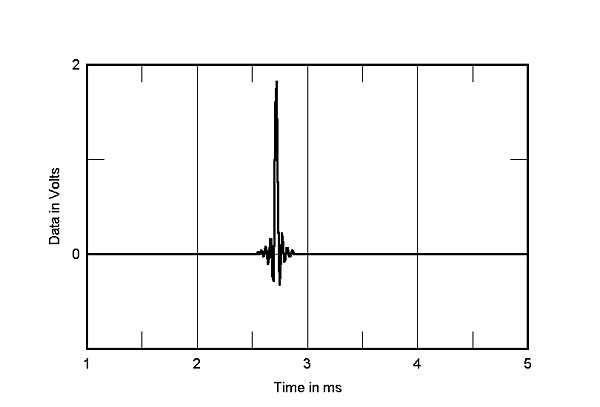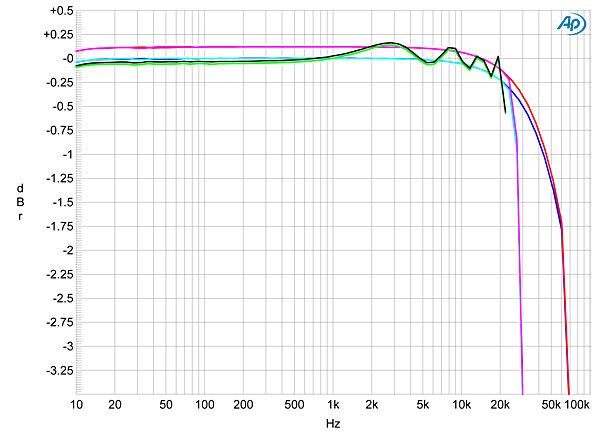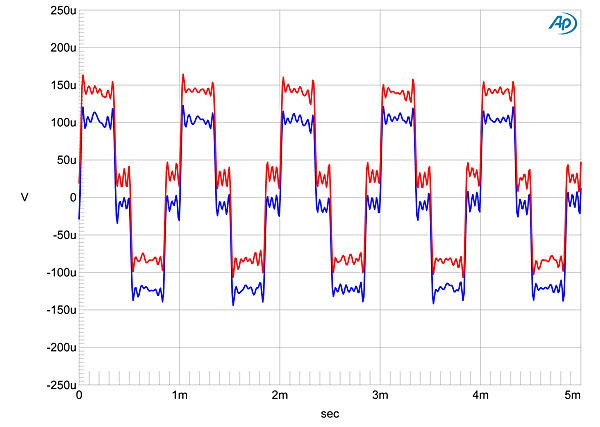| Columns Retired Columns & Blogs |
Great review and really sleek looking design, author is spot on about the competition that exists at this price level and the outstanding level of performance now being offered. While I lament the loss of physical media the performance improvement we are getting now for our dollar was unheard of 10 years ago and is most welcome.


















































